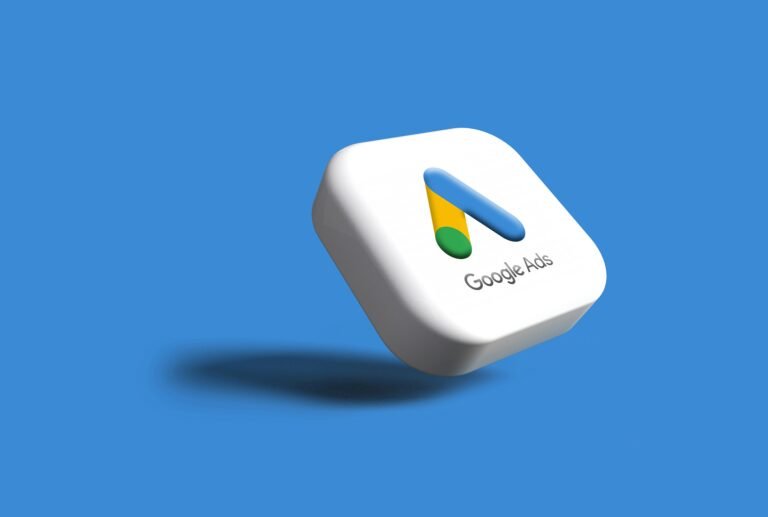Recruiters today aren’t just filling jobs, they’re crafting experiences. Just like marketers map out every step of a customer’s experience, talent teams must now understand and optimize the candidate journey. Why? Because job seekers aren’t just looking for a paycheck. They’re looking for meaning, belonging, and a smooth, personalized process that shows your company gets it.
If that sounds like a tall order, don’t worry. In this post, we’ll break down the candidate journey map, explain why it matters, and show you exactly how to create one that attracts, nurtures, and converts top talent. Whether you’re hiring for one role or hundreds, this guide is designed to help you level up your recruitment marketing strategy.
What Is the Candidate Journey?
The candidate journey is the entire experience a person has with your company, starting the moment they hear your name, right through applying, interviewing, and even onboarding.
Here’s the thing: in many organizations, that journey is disconnected. Job ads don’t match employer branding. Career pages are clunky. Interviewers send mixed messages. Top talent drops off, and you’re left wondering what went wrong.
A candidate journey map fixes all of that. It’s like your recruitment GPS. It helps you see things from the candidate’s perspective, identify roadblocks, and design touch points that convert passive interest into active applications, and applications into hires.
Why the Candidate Journey Matters More Than Ever
Let’s be honest, hiring has changed. Candidates today behave more like consumers. They research companies before applying, read online reviews, follow your content, and often engage long before they hit “Apply.”
Here’s what a strong candidate journey can do:
- Build trust with potential candidates early on
- Shorten your time-to-hire by removing friction
- Increase conversion rates at important funnel stages
- Improve employer brand reputation through a smoother experience
Whether you’re attracting Gen Z talent, passive candidates, or looking to scale with high-volume recruiting, mapping the journey is critical.
The 6 Stages of the Candidate Journey (And What to Do at Each)
To create a journey that converts, you need to understand the main stages most candidates go through. Think of each stage as a layer in your recruitment funnel. Each one needs a specific strategy, message, and toolset.
1. Awareness: “I’ve heard of this company…”
At this stage, your goal is visibility. Potential candidates might stumble across your brand through ads, social media, word of mouth, or a glowing review on an employer site.
Ask yourself: How strong is my employer brand from the outside looking in?
- Invest in employer brand messaging on LinkedIn, Instagram, or TikTok depending on your target audience.
- Leverage employee stories to show values in action.
- Use programmatic advertising to put job-related content in front of the right eyes.
2. Consideration: “Let me check them out…”
Now you’re on their radar, but curiosity alone won’t get them to apply. This is where you need to build real interest and trust.
Key actions:
- Create a mobile-optimized career site that explains your values, shows your team, and answers the question “Why us?”
- Include video content like recruitment videos or virtual office tours.
- Make sure your employer review site presence is actively managed and up to date.
3. Interest: “This job looks good…”
At this stage, specificity matters. People want to know what day-to-day work looks like, who they’d be working with, and how the job fits into their career goals.
What works:
- Use job ad copywriting techniques that speak to what the candidate cares about, not just what you need.
- Feature clear salary ranges and growth paths whenever possible.
- Showcase your culture with authentic employee advocacy, not just polished statements.
4. Application: “I’m ready to apply”
The candidate’s made it this far, now don’t lose them with a painful application process.
Make applying easy:
- Use an intuitive ATS tool with short forms and mobile-friendly UX.
- Allow for quick apply options from LinkedIn or Indeed.
- Respect their time. Avoid making passive candidates create logins, re-enter resumes, or write long personal essays.
5. Selection: “Let’s see if this is the right fit…”
The interview process isn’t just for you to vet them. It’s also when they’re evaluating you more than ever.
- Train your hiring managers to reflect your company’s value-driven culture.
- Keep communication clear and consistent with internal comms tools.
- Use recruitment analytics to identify where candidates are dropping off and fix it fast.
6. Hire (and Beyond): “I’m in!”
They’ve accepted your offer, but the journey doesn’t stop here. The onboarding experience sets the tone for retention.
- Send a warm, personal welcome before Day 1.
- Set clear expectations, and pair them with mentors or culture ambassadors.
- Gather feedback after 30 and 90 days to fine-tune your process.
How to Build Your Own Candidate Journey Map
So how do you put all of this together into a candidate journey map?
Start by mapping each touchpoint a candidate has with your company, from first exposure to onboarding. Identify the gaps, inconsistencies, or friction points.
Here’s a simple framework to begin:
- Stage: Awareness, Consideration, Interest, etc.
- Candidate goal: What does the person want here?
- Your message: What are you communicating?
- Channel: Where is this happening? (e.g. LinkedIn post, job board, interview)
- Pain points: What might stop them from moving forward?
- Actions to improve: What can you try or optimize?
Tip: Look at it from the candidate’s shoes. What would feel seamless? What would raise red flags?
Final Thoughts: Design with Intention
A great candidate journey doesn’t happen by accident, it’s designed with intention. And in a tight labor market, that makes all the difference.
Think of your candidate journey like onboarding a customer. Every point of friction hurts your brand. Every delightful moment adds value. When it flows smoothly, people remember. When it’s clunky or confusing, they disappear and they’ll likely tell others, too.
Use your recruitment marketing strategy to craft a journey that reflects who you are as an employer and what you stand for. When every step makes sense and feels right, you don’t just attract talent, you build it.
Want to Go Deeper?
We’ve built candidate journey map templates and checklists for teams that want to put this into action fast. Check out our other resources on Recruitment Marketing and Resources for downloadable resources to guide your next recruiting campaign.
Need help with your Candidate Journey? Let’s talk.







